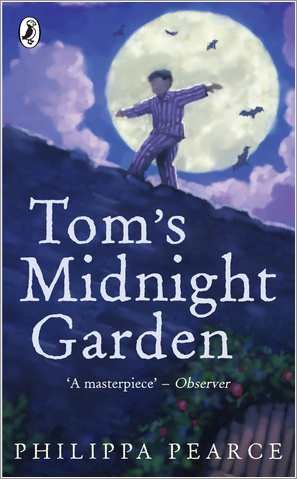2 cups brown sugarMix the sugar and flour, melt the butter and cut into the dry ingredients until finely crumbed. Lightly sprinkle half the mixture into a greased loaf pan, 9” square pan, or pie plate--DO NOT PAT! (This is very important if you don’t want your guests struggling to chew a rock of baked sugar. Even when sprinkled as lightly as possible, this graham cracker crust comes out a little bit harder than I would like.) Sprinkle the chocolate chips on top of the graham cracker mixture, and there will be a lovely layer of gooey chocolate between hard crust and moist cake.
2 cups flour
½ cup butter
1 egg
1 tsp. each of ginger, cinnamon, and cardamom (or any combo of cake spices you fancy; the more the merrier)
1 cup sour cream
1 tsp. baking soda (a.k.a. “bread soda”)
½ cup finely chopped walnuts (food-processed is even better than the pre-chopped bags in the bakery aisle)
½ cup chocolate chips (optional)
crème fraîche for topping
Mix the baking soda and sour cream into the remaining mixture, then add beaten egg and spices. Pour over graham cracker crust and sprinkle walnuts on top. Bake at 350º F/175º C for 45 minutes to an hour.
Now here is the easy-on-the-teeth version (perfect for the grandparents), with no graham cracker crust or walnuts:
2 cups brown sugarAnd follow above directions; cake will be much softer so the additional ingredients won’t necessitate a second baking pan.
2 cups flour
½ cup butter
2 eggs
2 tsp. each of ginger, cinnamon, and cardamom
2 cups sour cream
2 tsp. baking soda



